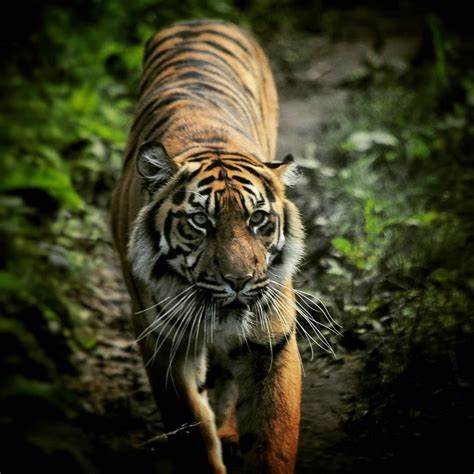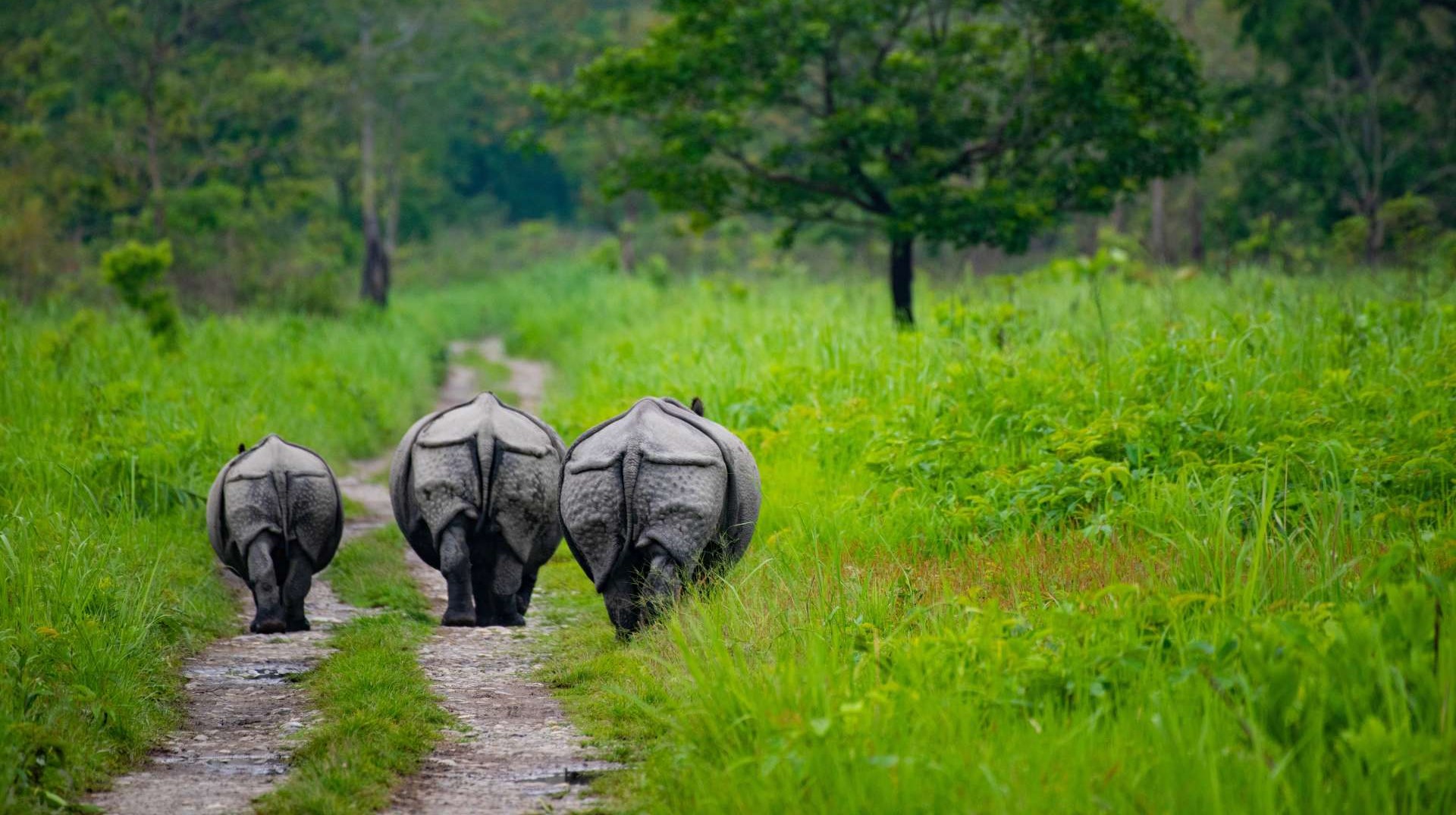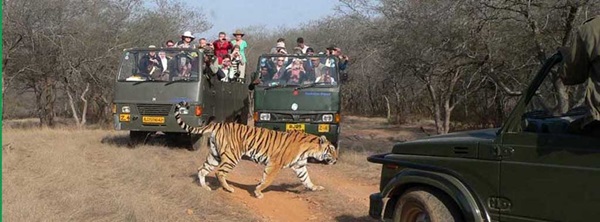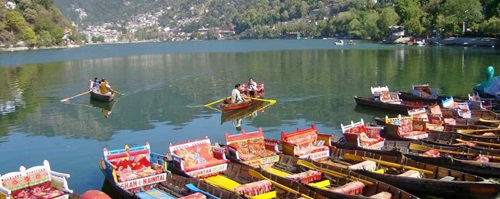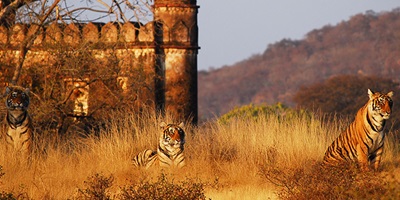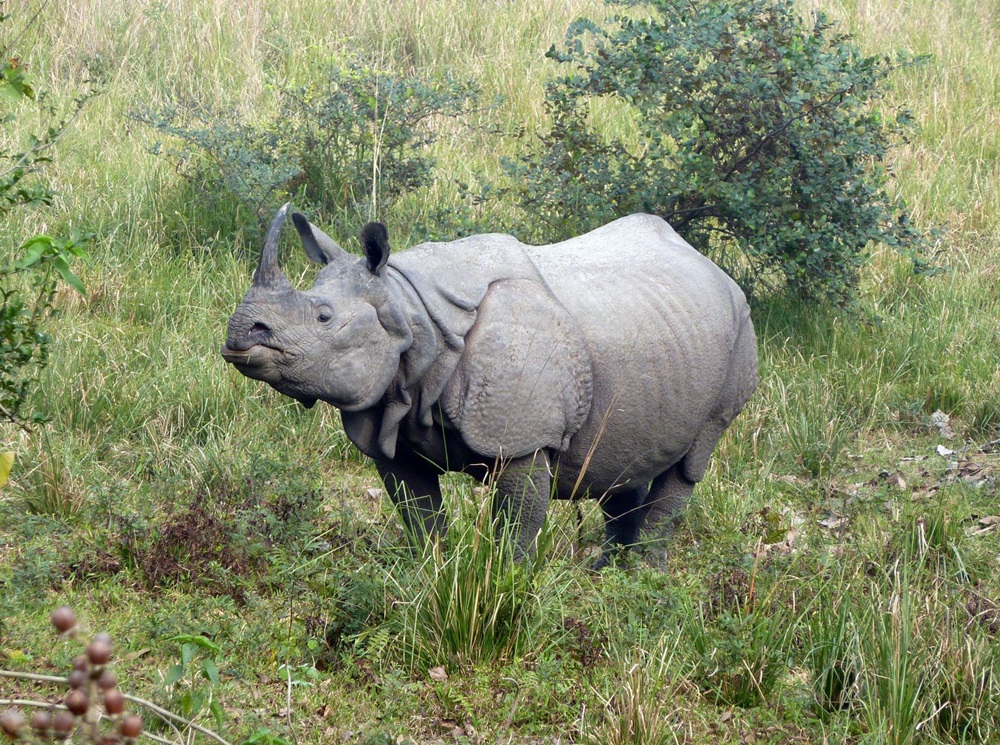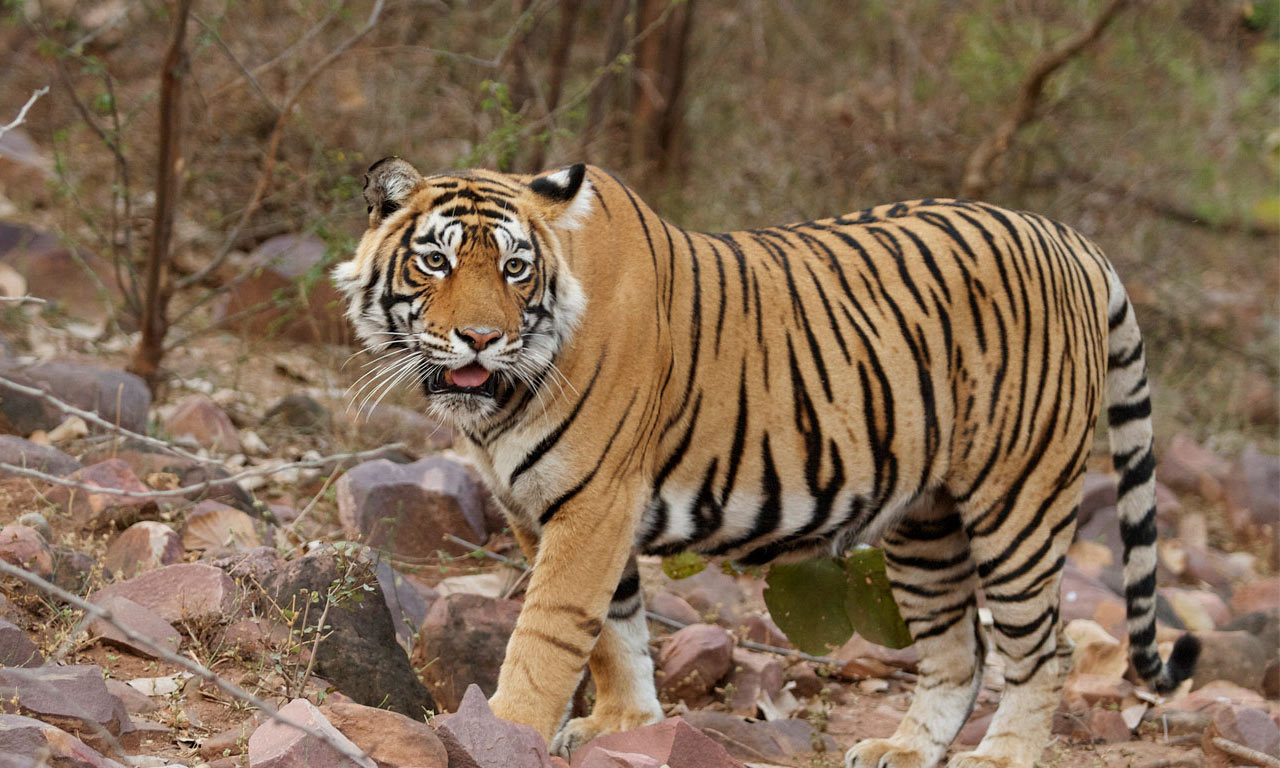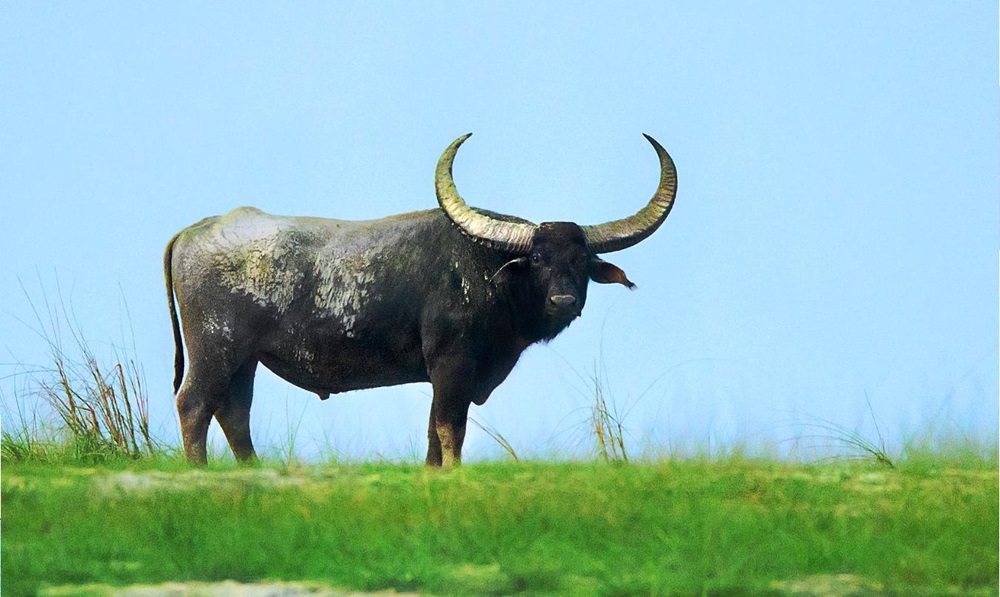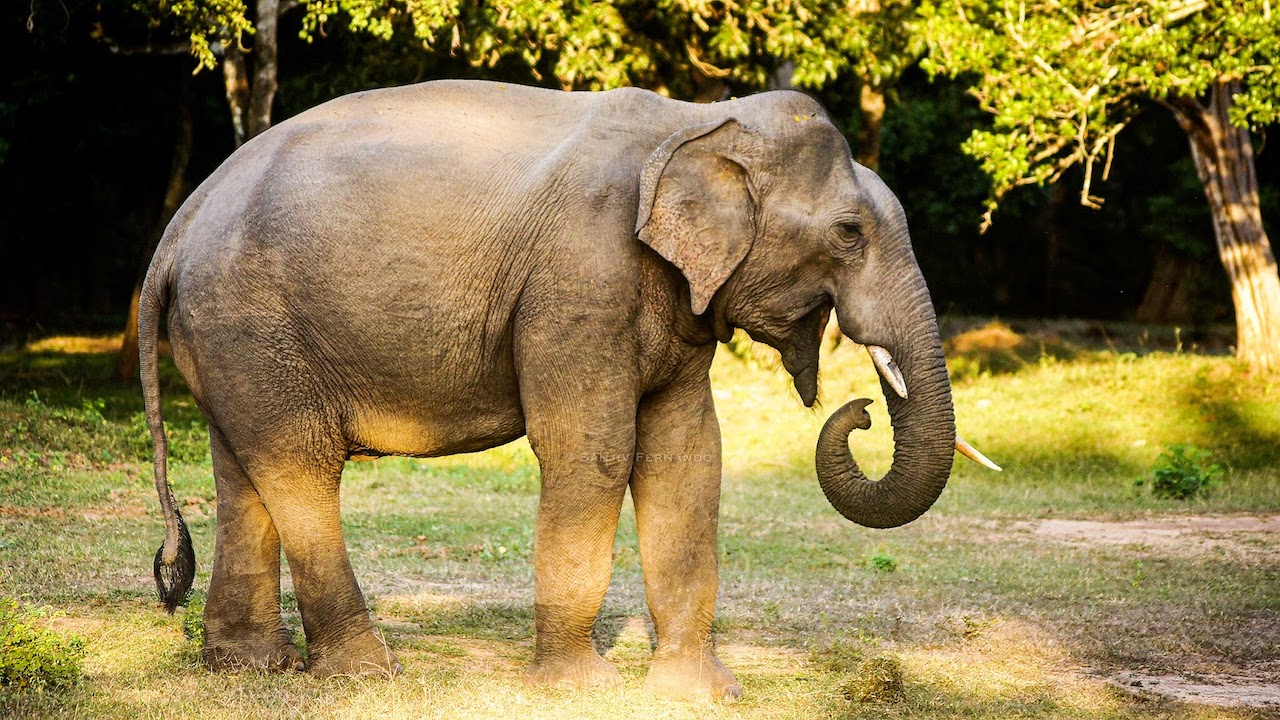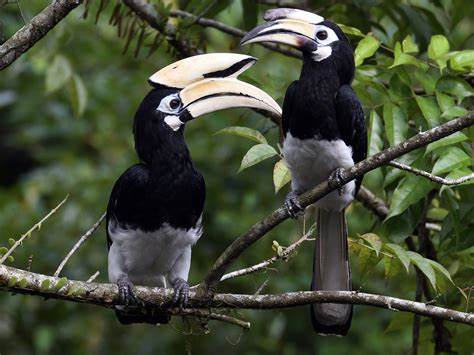About Manas Wildlife Sanctuary
Manas Wildlife Sanctuary, located in Assam, India, is a UNESCO World Heritage site renowned for its rich biodiversity and scenic beauty. Spanning over 950 square kilometers, the sanctuary is home to a variety of wildlife, including the Bengal tiger, one-horned rhinoceros, and the endangered golden langur.
It features lush grasslands, dense forests, and meandering rivers, creating a diverse ecosystem. The sanctuary is also a crucial habitat for numerous bird species and other fauna. Manas offers opportunities for wildlife safaris, bird watching, and nature walks, making it a significant destination for conservation and eco-tourism.
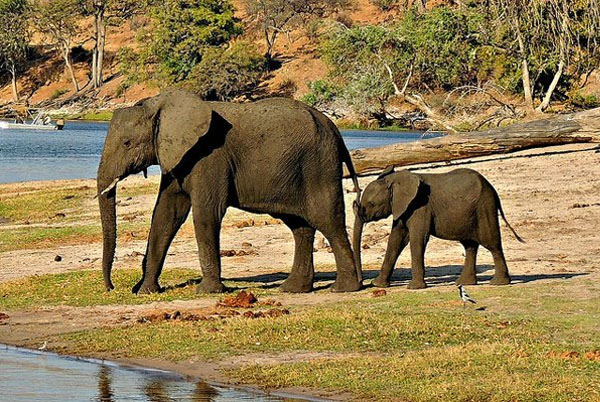
Experience Top Tours
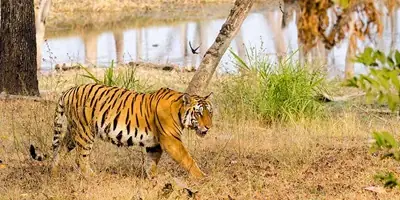
16 days India
Just Tigers and Golden Triangle Tour
New Delhi | Pench | Kanha | Bandhavgarh | Agra | Jaipur
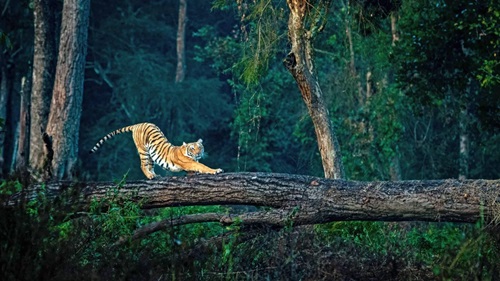
12 days India
Corbett, Kanha & Bandhavgarh Tour - Tiger Safari Tour
New Delhi | Corbett | Kanha | Bandhavgarh | Jabalpur

13 days India
Corbett, Taj Mahal, Ranthambore & Jaipur Tour
New Delhi | Corbett | Agra | Ranthambore | Jaipur

8 days India
Golden Triangle & Tiger Safari: Delhi, Agra, Jaipur & Ranthambore
Delhi | Agra | Jaipur | Ranthambore | Delhi
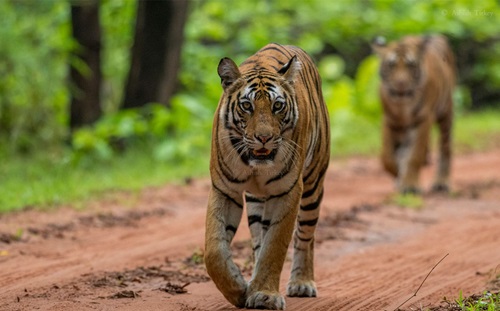
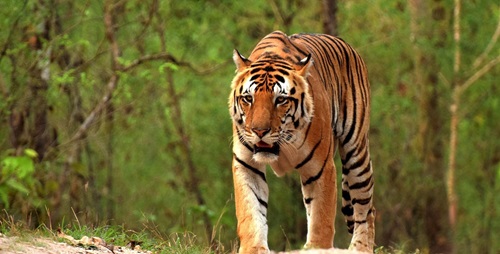
11 days India
Tiger Safari Tour: New Delhi, Pench, Kanha & Bandhavgarh
New Delhi | Pench | Kanha | Bandhavgarh | Jabalpur
Highlights
Bengal tigers
Bengal tigers, India’s largest tiger species, inhabit Manas Wildlife Sanctuary, showcasing their majestic presence and role in conservation.
Elephant
Elephants in Manas Wildlife Sanctuary roam through lush forests and grasslands, playing a crucial role in maintaining ecological balance and biodiversity.
Rhino
The one-horned rhinoceros in Manas Wildlife Sanctuary is a key species, known for its distinctive single horn and conservation significance.
Bird Watching
Bird watching in Manas Wildlife Sanctuary offers sightings of diverse species, including rare vultures and pied hornbills, in a rich avian habitat.
Famous Animals of Manas
Popular Attractions To Visit in Manas Wildlife
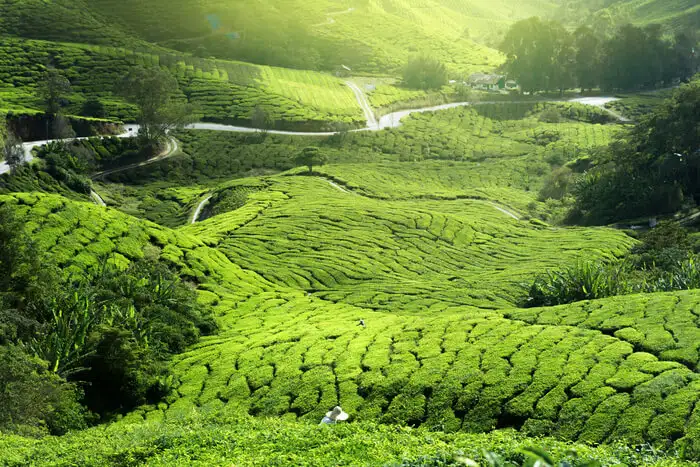
Tea plantation
Manas Wildlife Sanctuary's tea plantations, located in the nearby foothills, offer a scenic contrast to the park's wildlife-rich landscapes. These lush plantations provide visitors with a glimpse into Assam's tea culture, blending natural beauty with agricultural heritage. Guided tours often include tea tasting and insights into traditional tea processing. Read more
Mathanguri Picnic Spot
Mathanguri Picnic Spot, located in Manas Wildlife Sanctuary, offers picturesque views along the Manas River. It provides a serene setting for picnics and relaxation amidst nature. The spot is ideal for visitors seeking a tranquil escape, with opportunities to enjoy the surrounding landscapes and wildlife in a peaceful environment. Read more
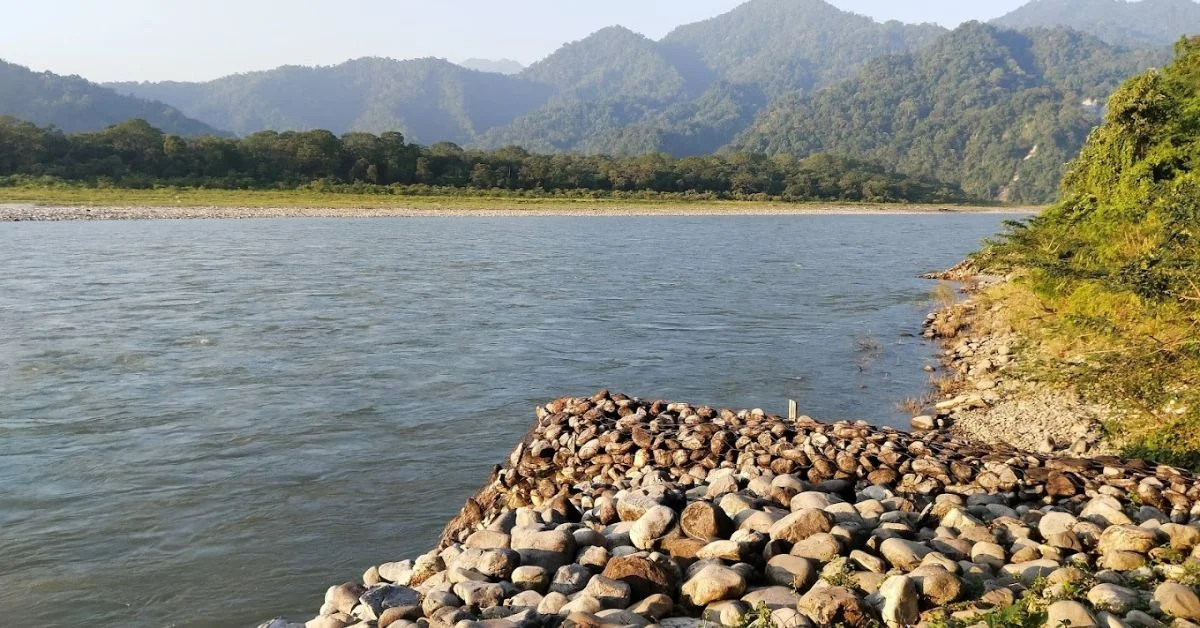

Manas River
The Manas River flows through Manas Wildlife Sanctuary, creating a scenic and vital waterway. It enhances the sanctuary's biodiversity by providing critical habitats for wildlife, including rare aquatic species and birds. The river also offers opportunities for boat safaris and peaceful riverbank picnics, adding to the sanctuary's natural allure. Read more
Frequently Asked Questions
Q.What makes Manas Wildlife Sanctuary unique?
Ans. Manas Wildlife Sanctuary, located in Assam, is a UNESCO World Heritage Site known for its stunning landscapes and rich biodiversity. It is a Tiger Reserve, Elephant Reserve, and Biosphere Reserve all in one. The sanctuary is renowned for its rare and endangered species, including the pygmy hog and golden langur.
Q.What is the best time to visit Manas Wildlife Sanctuary?
Ans. The best time to visit is from November to April, when the weather is pleasant and the chances of wildlife sightings are high. The park remains closed during the monsoon season (June to September) due to heavy rains.
Q.How can I book a safari in Manas Wildlife Sanctuary?
Ans. Safaris can be booked through the Assam Forest Department’s office or authorized travel agents. Options include jeep safaris, elephant safaris, and boat rides. It is advisable to book in advance during peak seasons.
Q.What wildlife can I expect to see in Manas?
Ans. Manas is home to a variety of wildlife, including:
- Bengal Tigers
- Indian Elephants
- One-Horned Rhinoceros
- Golden Langurs
- Pygmy Hogs
- Asiatic Water Buffalos
- Over 450 bird species, such as hornbills and Bengal floricans.
Q.Are there accommodations near Manas Wildlife Sanctuary?
Ans. Yes, there are several eco-camps, lodges, and guesthouses near the sanctuary’s main entrance at Barpeta Road. These accommodations cater to a range of budgets and often include guided tours and cultural experiences.
Q. Can I visit Manas with children?
Ans. Yes, Manas is family-friendly, and children can join safaris and boat rides. Parents should ensure children follow safety guidelines and remain quiet during wildlife viewing.
Q. What should I pack for a trip to Manas?
Ans. Pack the following essentials:
- Light, breathable clothing in neutral colors
- Comfortable walking shoes
- A hat, sunglasses, and sunscreen
- Binoculars for wildlife spotting
- A camera for photography
- Rain gear if visiting during the shoulder season
Q. What unique activities can I do in Manas?
Ans.
- High Altitude: River Rafting: Enjoy rafting on the Manas River, which flows through the sanctuary.
- Bird Watching: Spot rare and migratory birds in the park’s wetlands.
- Village Visits: Explore the nearby Bodo villages to experience local culture and traditions.
Q. What is Manas’ role in wildlife conservation?
Ans. Manas plays a critical role in the conservation of endangered species such as the golden langur, pygmy hog, and Bengal florican. The park’s status as a UNESCO World Heritage Site underscores its importance in global biodiversity preservation.
Q. What challenges should I be prepared for when visiting Manas?
Ans.
- Remote Location: The sanctuary is located in a relatively remote area, so plan for travel time and logistics.
- Weather Conditions: Temperatures can vary, and rain is possible even during the dry season, so pack accordingly.
- Limited Amenities: While accommodations are comfortable, they are basic compared to urban standards.
Manas Wildlife Sanctuary offers a unique blend of adventure, natural beauty, and cultural experiences, making it a must-visit destination for wildlife enthusiasts and nature lovers.


